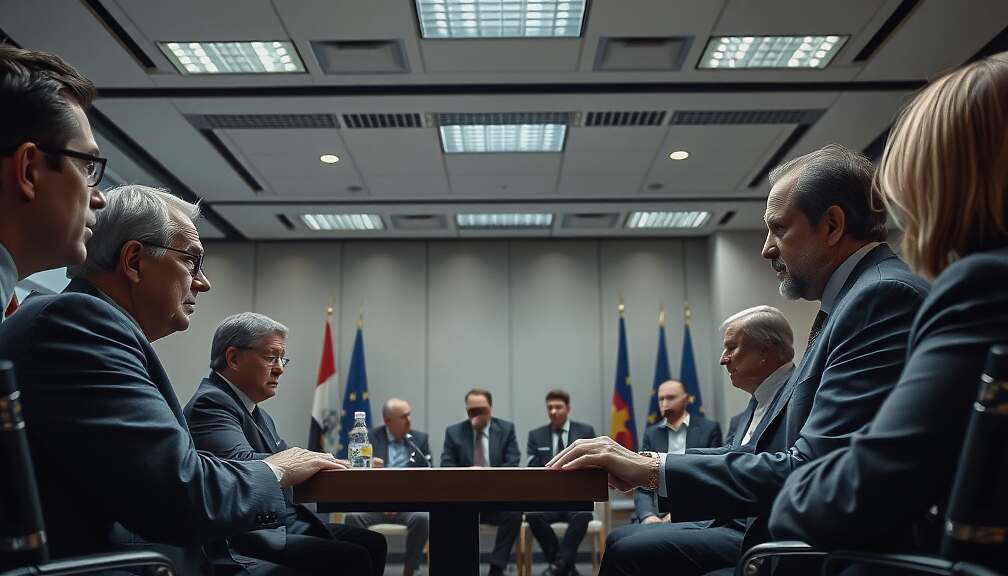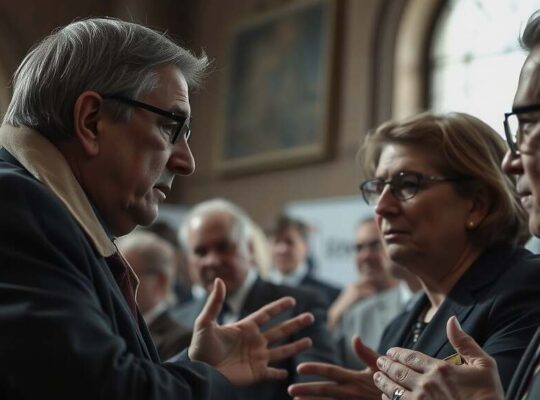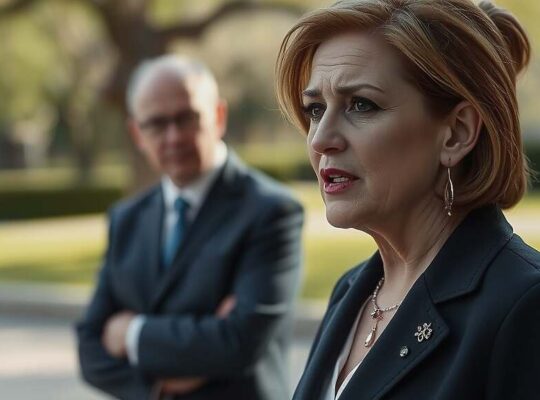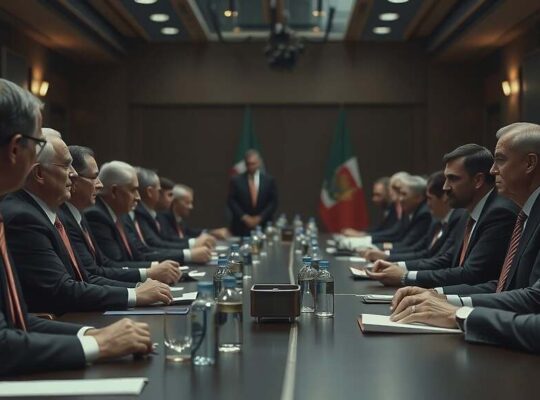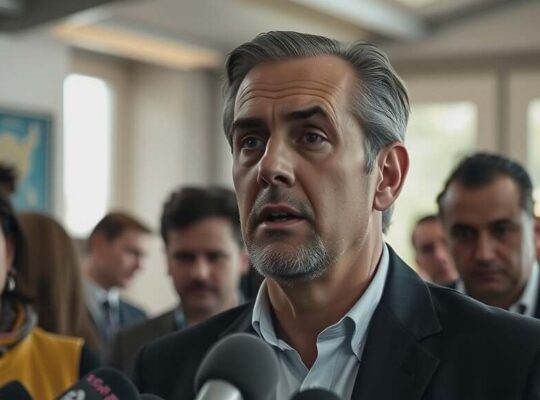The European Union has committed to providing substantial financial aid to Ukraine, spanning 2026 and 2027, encompassing support for its ongoing military efforts. This pledge, announced late Thursday following protracted discussions within the European Council, represents a significant, albeit complex, step in the bloc’s response to the ongoing conflict.
While the commitment to providing funding is clear, significant divisions remain concerning the mechanism for accessing frozen Russian assets. The contentious issue of utilizing the approximately €140 billion held by the Russian Central Bank – largely deposited in Belgium – as a form of reparations loan for Ukraine has yet to achieve consensus among the 27 member states. The European Commission had previously proposed leveraging these assets to finance, amongst other things, Ukrainian military procurement.
The reluctance to definitively authorize this highly controversial measure stems from legal and political anxieties, particularly within Belgium. Concerns regarding potential liability for expropriation, should the assets be seized, have prompted considerable hesitation. This has left Brussels in a delicate position, striving to balance Ukraine’s urgent need for financial assistance with the legal and political ramifications of seizing assets from a sovereign nation.
The Council communiqué explicitly states that, “subject to EU law” the Russian assets should remain frozen until Russia terminates its aggression against Ukraine and provides compensation for war-related damages. This cautious phrasing highlights the ongoing legal complexities and the lack of a unified political front on the issue.
The matter is slated for further deliberation at the Council’s next meeting in December, suggesting that a resolution concerning the utilization of these frozen assets remains far from guaranteed. The inability to secure agreement on this vital funding stream underscores the divergent perspectives within the EU, raising questions about the long-term sustainability of its support for Ukraine and the potential for further political friction among member states. The current proposal, while offering a lifeline to Kyiv, simultaneously exposes the inherent challenges of leveraging international finance to address the consequences of armed conflict and geopolitical tension.


